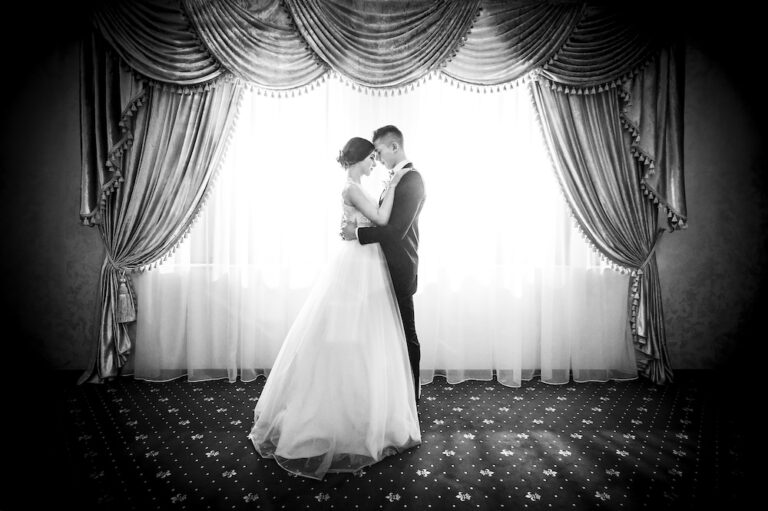tous
The French word tous can be pronounced in two different ways, depending on how it is used in a sentence. Sometimes the final s is silent, and other times it is pronounced as a soft s sound, like the English word soos with a voiceless ending. This difference is not random. It depends on whether tous is used as a pronoun or as an adjective, and sometimes on the word that follows.
When tous is used as an adjective before a noun, the final s is silent. It agrees in gender and number with the noun, and in this case, tous is the masculine plural form of tout. Here are some examples:
- tous les jours (every day) → the s is silent
- tous les enfants sont arrivés (all the children have arrived) → the s is silent
- tous les matins, il boit un café (every morning, he drinks a coffee) → the s is silent
When tous is used as a pronoun and stands on its own, it refers to people or things already mentioned. In this case, the final s is usually pronounced:
- ils sont tous partis (they have all left) → the s is pronounced
- je les ai tous vus (I saw them all) → the s is pronounced
- elles sont toutes là (they [feminine] are all here) → feminine form with pronounced t and e
- nous les avons tous aimés (we loved them all) → the s is pronounced
There is a simple test: if tous comes before a noun, the s is silent. If it stands alone or comes before another pronoun or past participle, the s is pronounced.
However, there are some edge cases. When tous comes at the very end of a sentence and refers to people, the final s is pronounced:
- merci à tous (thank you all) → the s is pronounced
- bonjour à tous (hello everyone) → the s is pronounced
But if tous comes at the end and refers to things, some speakers might pronounce the s, while others leave it silent. In general, the pronunciation is clearer and more consistent when it refers to people.
One more example to show the difference:
- tous les hommes (all the men) → adjective, s is silent
- je les connais tous (I know them all) → pronoun, s is pronounced
Feminine forms follow the same logic, but the pronunciation differs: toutes is pronounced with the final t and e when used either as an adjective or a pronoun.
- toutes les femmes (all the women) → the t is pronounced
- je les connais toutes (I know them all [feminine]) → the t is pronounced






